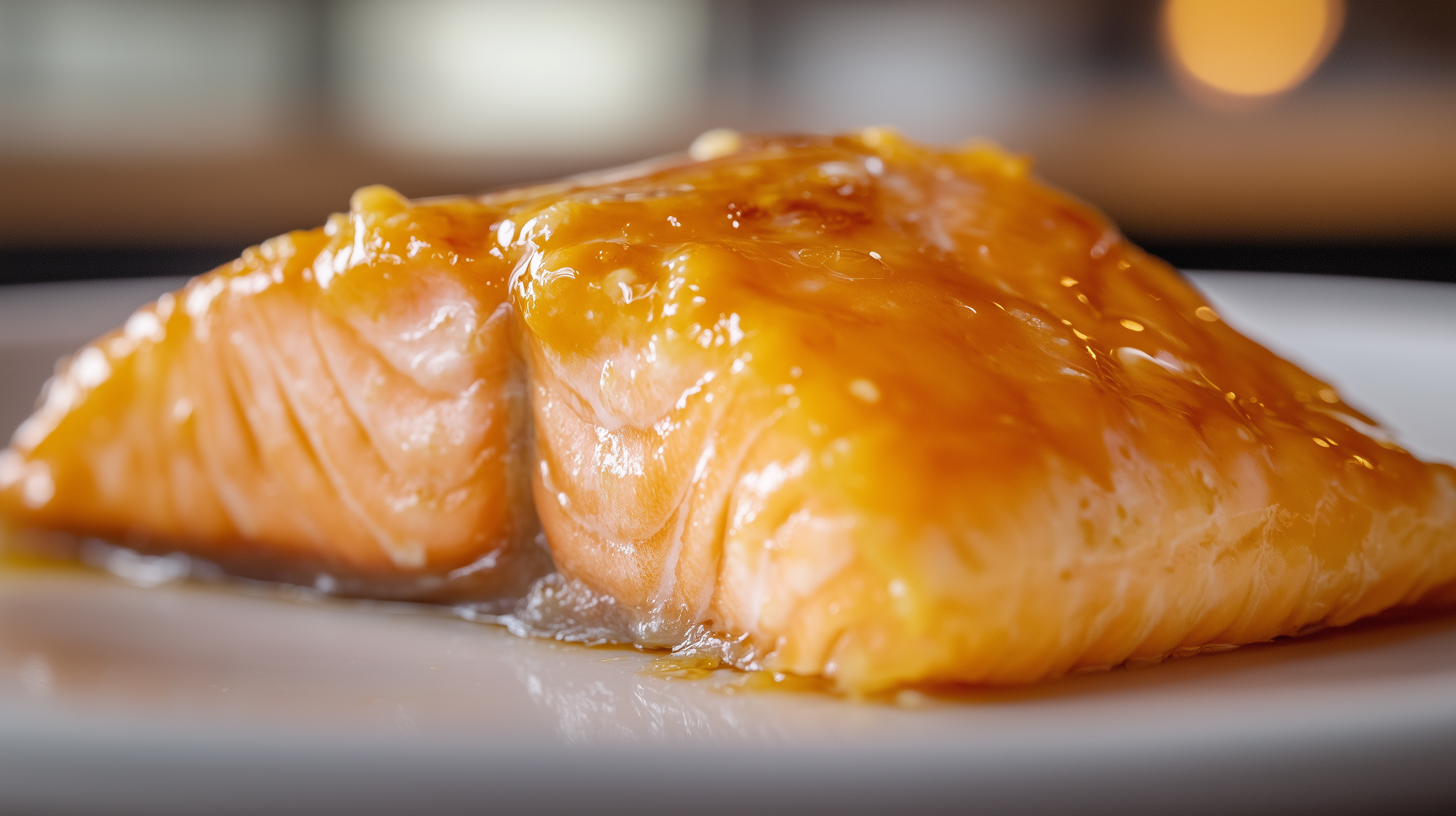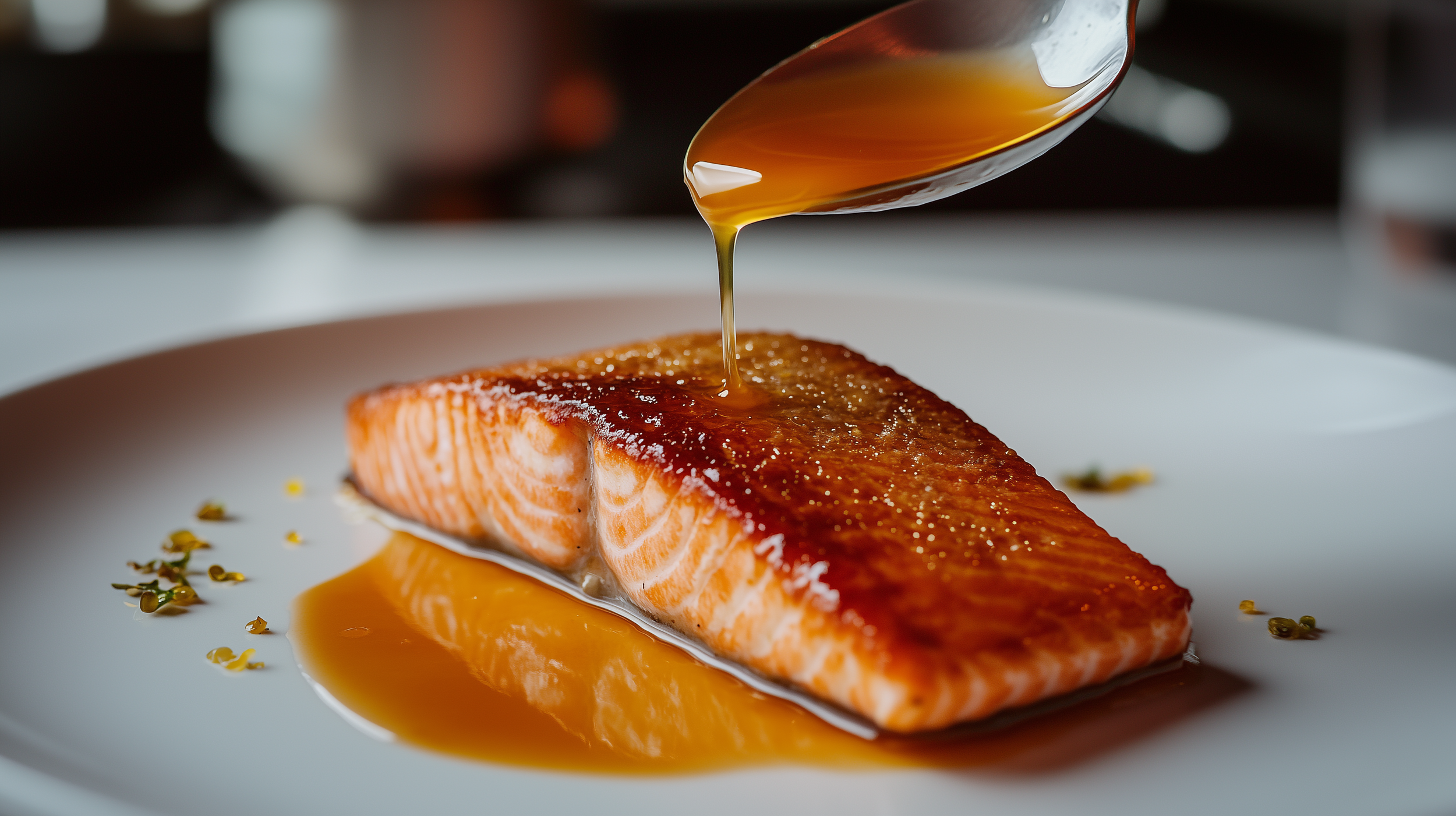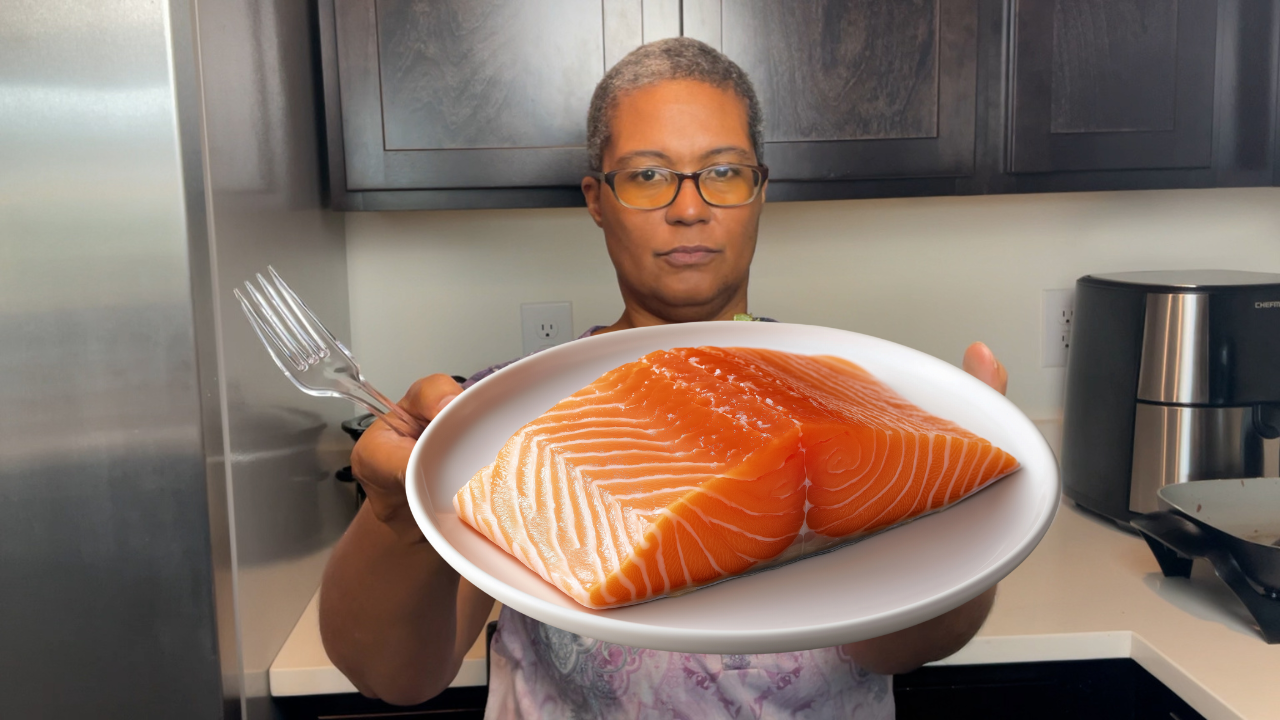10 Foolproof Ways to Cook Salmon Perfectly Every Time
Cooking salmon should be simple but too often, it turns out dry, flavorless, or overcooked. Whether you are using an air fryer, grill, oven, or stovetop, knowing a few key techniques can make all the difference. Salmon is a delicate fish that needs the right balance of temperature, seasoning, and moisture to come out just right. This guide walks through ten foolproof ways to get perfectly cooked salmon every time.
This post contains affiliate links. If you purchase through these links, I may earn a small commission at no additional cost to you.
1. Start with Fresh or Properly Thawed Salmon
The foundation of great salmon starts with quality. Fresh salmon should have firm, bright flesh and a clean ocean scent. Avoid salmon that looks dull or has a strong fishy smell. If you are using frozen salmon, proper thawing is just as important. Thaw it overnight in the refrigerator or place it in a sealed bag under cold running water. Never let salmon sit out at room temperature to thaw as this can cause bacteria growth and uneven texture.
I used to buy only frozen salmon for years, but about two years ago, I purchased fresh salmon for the first time, and it completely changed my preference. Now, I almost always go for fresh, but I still keep frozen fillets on hand for convenience. They work great when flaked into a salad or mixed into a dish that doesn’t require large fillets.
2. Cook Skin-Side Down First (When Skin-On)
When cooking salmon with the skin on, start with the skin side down. This protects the delicate flesh from direct heat and allows the skin to crisp up. In a skillet or on a grill, let the salmon cook skin-side down for about 70 to 80 percent of the cooking time before flipping. This helps the fish cook evenly and prevents it from falling apart when flipped.
I’ve cooked salmon pretty much every way you can, but I’ve found that letting it cook mostly on the skin side makes for the best texture. The skin also helps lock in moisture, making it a foolproof way to keep the fish from drying out.
3. Use Parchment Paper for Baking
For those who prefer baking, using parchment paper is an easy way to prevent sticking while promoting even cooking. Line your baking sheet with parchment, place the salmon on top, and season it as desired. This method also makes cleanup easier while ensuring the salmon retains its moisture.
4. Cook in Foil for Extra Moisture
If you want to lock in even more moisture, cooking salmon in foil is an effective method. This has become my go-to method, and I typically use my air fryer for convenience. Place the salmon on a large piece of foil, add olive oil, lemon slices, and any seasonings, then seal the foil into a packet. Cooking salmon in foil allows steam to circulate, keeping the fish tender.
I also enjoy squeezing fresh lemon over my salmon before eating. It brightens up the flavor and pairs well with almost any seasoning or side dish.
5. Use a Meat Thermometer
Guesswork often leads to overcooked or undercooked salmon. A meat thermometer removes all uncertainty. Insert the thermometer into the thickest part of the salmon and remove it from the heat when it reaches 125 degrees for medium-rare, 135 degrees for medium, or 145 degrees for fully cooked salmon. The fish will continue cooking slightly once it is off the heat, reaching the perfect temperature without drying out.
Want more helpful kitchen tips and recipes? Sign up for the newsletter to stay updated.
6. Avoid Overcooking
Overcooked salmon is dry and tough, losing its natural richness. Keep an eye on the time and temperature. For reference, air fryer salmon should cook at 375 degrees for 7 to 10 minutes, oven-baked salmon at 375 degrees for 12 to 15 minutes, and pan-seared salmon should cook for about 4 to 5 minutes per side. However, times and temperatures may vary depending on your cooking appliance, so always check doneness visually or with a thermometer.
7. Rest Before Serving
Just like with steak, letting salmon rest before serving helps retain its juices. Once cooked, remove it from the heat and let it sit for 2 to 3 minutes before cutting or serving. This allows the juices to redistribute evenly, making the fish more tender and flavorful.
When I want some extra flavor, I pair fish with my homemade tartar sauce. [[[link to the AGC tartar sauce video]]]
8. Size or Thickness of the Fillets Matters
The size of the fillet affects cooking time and texture. Thicker fillets retain more moisture and take longer to cook, while thinner fillets cook faster but dry out more easily. When cooking multiple pieces, try to choose fillets of similar thickness for even cooking. Thicker cuts work best for baking and grilling, while thinner cuts are ideal for quick stovetop cooking.
9. Cooking Temperature
Temperature plays a key role in how salmon turns out. Too high and the fish dries out too fast, too low and it may not cook evenly. Medium heat works well for pan-searing and grilling, allowing a crust to form without overcooking the inside. Baking and air frying are best at 375 to 400 degrees for the right balance of moisture and texture.
10. Seasoning Matters
Salmon has a rich, natural flavor but benefits from simple, well-balanced seasoning. A drizzle of olive oil, a pinch of salt and pepper, and fresh herbs like dill or parsley enhance the fish without overpowering it. Citrus, garlic, or a light marinade can also complement salmon’s natural taste. Avoid heavy seasoning that masks the flavor completely.
Watch the YouTube video that goes along with this post for more in-depth cooking demonstrations.
Final Thoughts
Mastering salmon is all about technique. Start with a good-quality fillet, cook at the right temperature, and use the right tools to avoid overcooking. Whether you prefer crispy skin, baked salmon, or a quick air fryer method, these ten tips will help you achieve perfect results every time.
Want access to exclusive content, bonus recipes, and more? Become a member and support the content you love.



